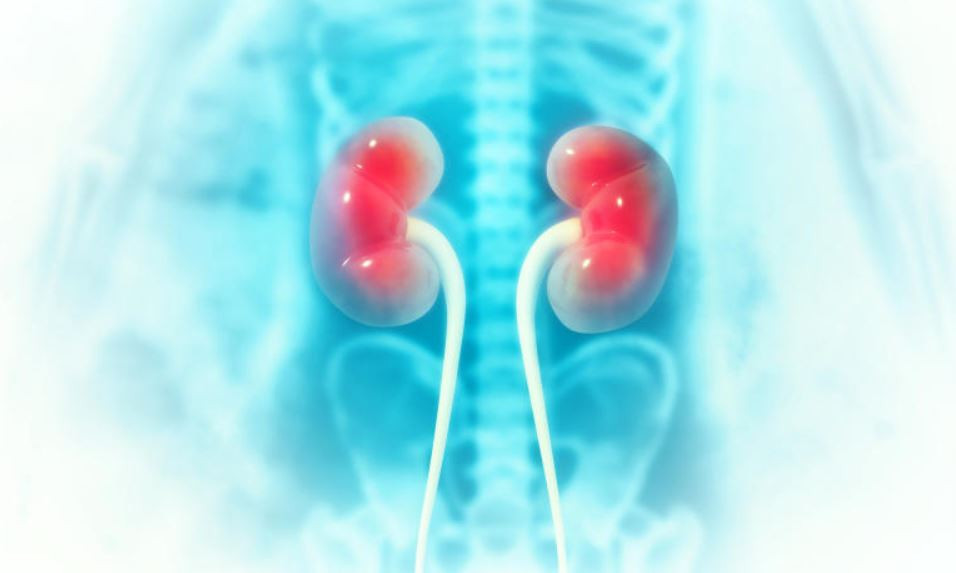
About a year ago, a friend took his child to India for treatment. In the course of his stay in India, and thereafter, I had a conversation with him on his experiences in India.
Even though the circumstances of his being in India were an unwelcome misfortune, we agreed without having to argue about it, that society is served better when we choose to pick lessons from our daily experiences - even from misfortunes. In the many conversations we had, what stood out clearly is how the world has in the recent years become attracted the health system in India.
At the centre of this well performing system is the Indian doctor. Even though they are not without problems, the Indian doctor still offers some of the best medical services in the world. It is also fair to observe that because of the challenges in the country, we have witnessed an exodus of Indian doctors - especially to United States of America - in search of better opportunities. Still, the role the Indian doctor plays in making the country attractive to those seeking medical care cannot be gainsaid. This role is thanks to the philosophy of the Indian people, and their education system.
In a talk at the Harvard Medical School, Indian yogi Sadhguru gives insights into the Hindu philosophy, and how this philosophy attends to the education system in India. Sadhuguru asserts that Indian education system - both formal and informal - does not prioritise the creation of an individual identity. Before the creation of a personal identity - he opines - the Hindu society focuses on the creation of a wholesome collective or communal identity. By this, children are made to understand that they find more meaning in life by seeing themselves as - first and foremost - part of the larger society.
The above explained philosophy has been credited of creating an Indian medic who does not look at his job as a source of livelihood, but as a calling in the service of humanity. As a result, India boosts of doctors who don't behave like celebrities. One of the surprising things that those who have gone to India will tell you is that it is not uncommon for a senior surgeon to go to work in a tuk tuk, a small Maruti. You are all aware how doctors in your country might want to turn up for work.
The philosophy of a people defines their culture, and the education they might want to offer to their children. Because the Indian people are committed to service before anything else, a doctor's job in India is an eight to five job. Doctors in India are not tourists who briefly visit their work places and hurry off when one or two assignments have been done to go and attend to private practice. One might argue that this is akin to spreading a scarcity mentality, but it is one of the sacrifices that the Indian society, especially the doctors, have had to make.
In Philosophical Approaches to Work and Labour Cholbi explains how philosophy has had an impact on work since Plato defined division of labour in Greece of antiquity. It is an argument which emphasizes that how well one works is not depended on incentives such as salary, but on the philosophical orientation of the individual within the society. This philosophy is inculcated in citizens of a society during formal and informal education. A comparison between a doctor's salary in India and Kenya shall suffice to show that India does not have worse doctors just because they are paid less than doctors in Kenya. According to data available on The World Bank website, whereas in Kenya a doctor is paid an average of 120,000 dollars per year, doctors in India are paid 60,000 dollars per year.The resilience of the Indian doctor has ensured that even though they work against the odds, they still deliver quality service. For example, it is estimated that that at AIIMS Delhi, the outpatient department attends to over 4000 patients every day. The number is thought to be much higher (upwards of 10,000) considering that there are patients who make regular visits to receive attention relating to heart and neurological complication. This statistic must inflict severe strain on the doctor.
The World Health Organisation recommends that countries strive to attain a doctor-patient ratio of one doctor for one thousand patients (1:1000). According to India News (2022), it is estimated that India has a doctor-patient of 1:854. What should not be lost on us, and on countries around the world that need to learn from India, is the role of the government in the training of medical doctors in order to reach these numbers. If countries like Kenya do not take notes and, then we are going to be medical tourists in India for the next very many years.
It is because of the contribution, commitment and efficiency of the Indian doctor that The Harvard Business Review observed in 2016: "India Delivering World-Class Health Care, Affordably. In fact, the Indian framework is a model for US healthcare." With this level of commitment to the wellbeing of humanity, the number of people going to India for treatment the world over can only keep increasing.
Granted: doctors in Kenya also work and difficult circumstances, especially in a country where the doctor-patient ration is as dire as 1:5725. It is also granted that Kenyan doctors have proven over the years that they are capable of rendering the best services. The argument on this page is that whit a shift in philosophy, we can emulate what is happening in India. Quick fixes shall not get any country to the enviable position that India occupies in terms of medical care. For a start, what we need is a cultural shift; a thinking guided by the values of altruism.
Dr Wesonga is a lecturer in Literature at the University of Kabianga - Kericho ([email protected])
 The Standard Group Plc is a multi-media organization with investments in media
platforms spanning newspaper print
operations, television, radio broadcasting, digital and online services. The
Standard Group is recognized as a
leading multi-media house in Kenya with a key influence in matters of national
and international interest.
The Standard Group Plc is a multi-media organization with investments in media
platforms spanning newspaper print
operations, television, radio broadcasting, digital and online services. The
Standard Group is recognized as a
leading multi-media house in Kenya with a key influence in matters of national
and international interest.











